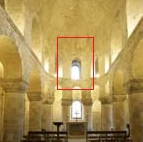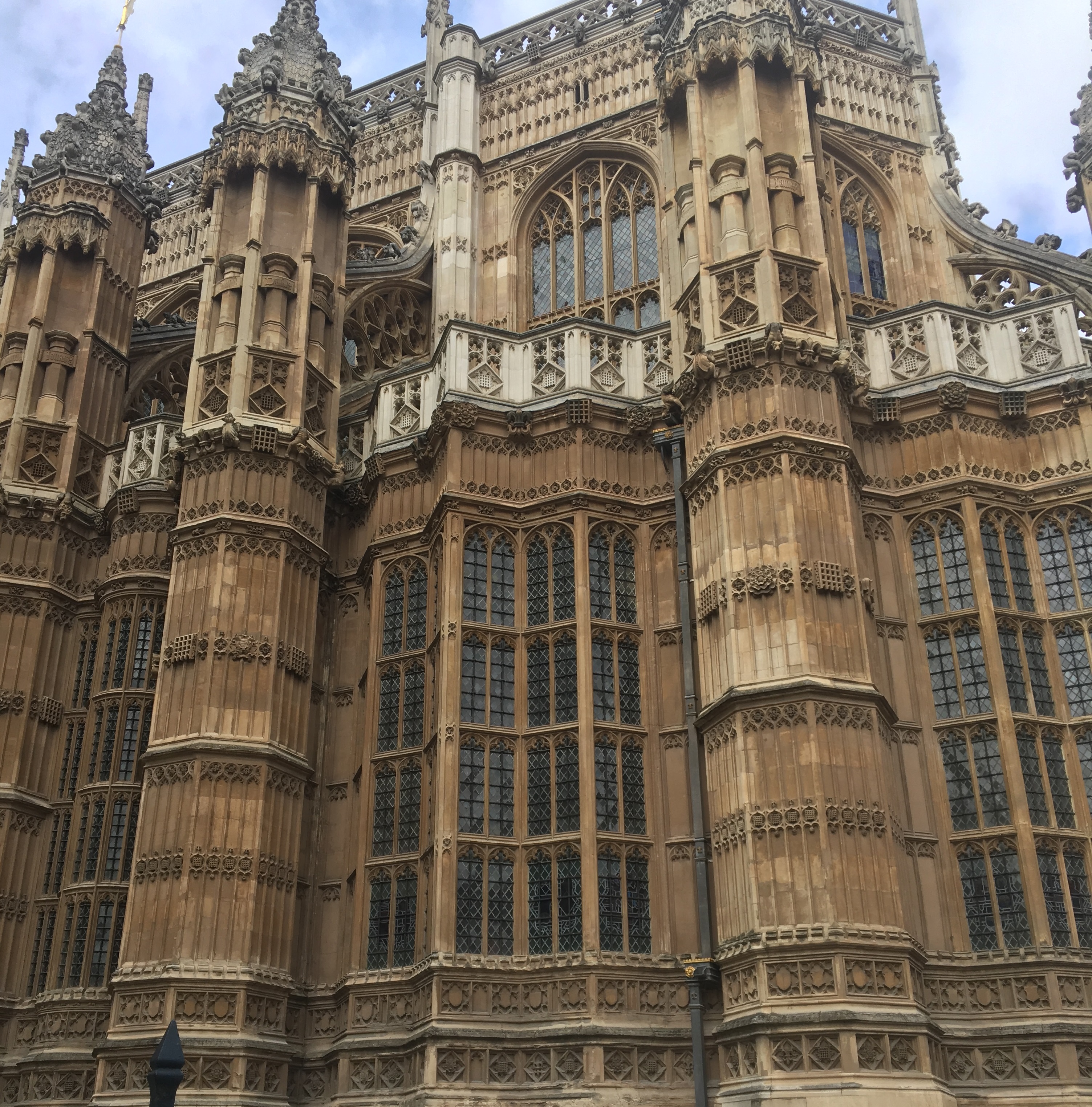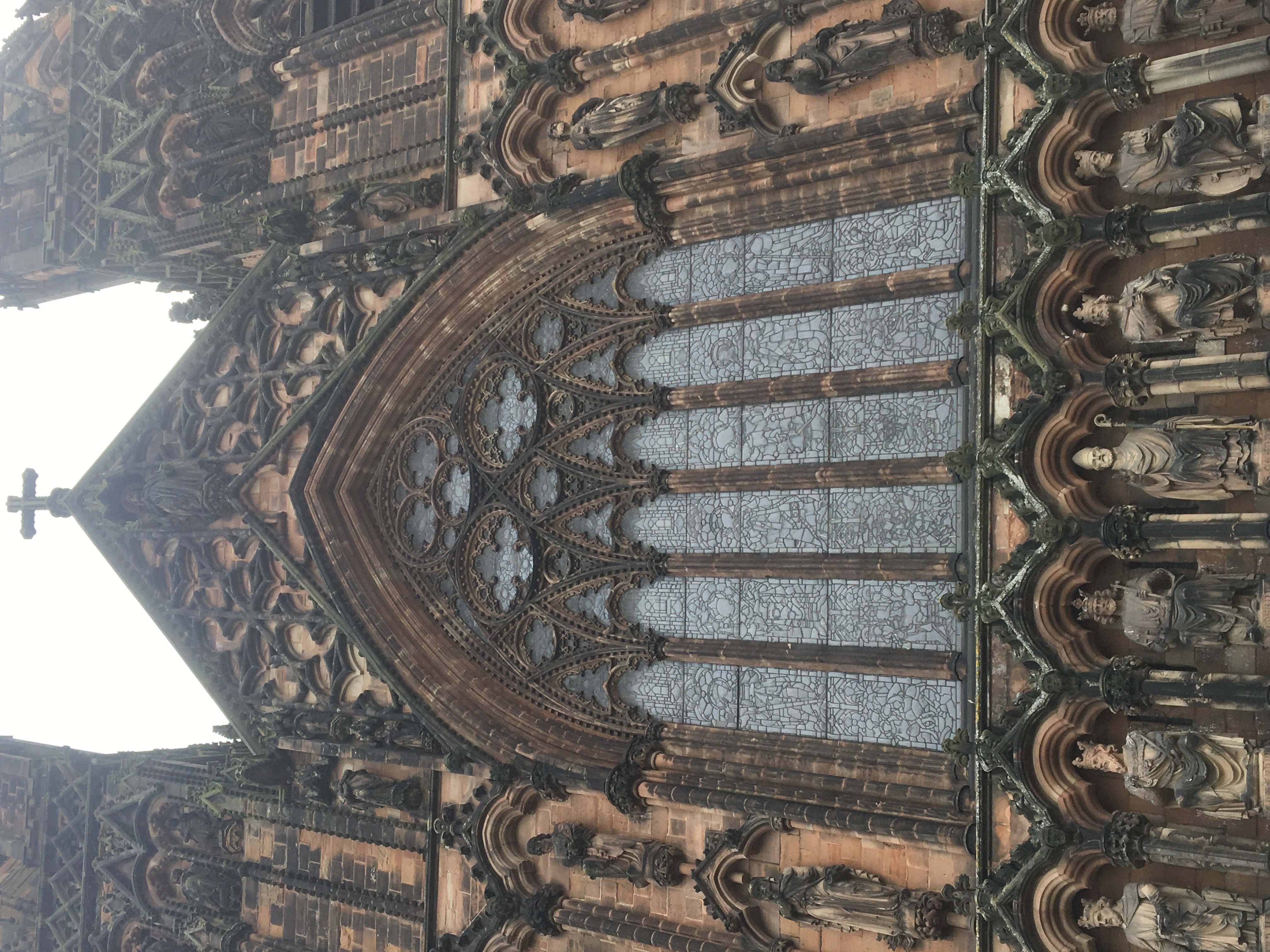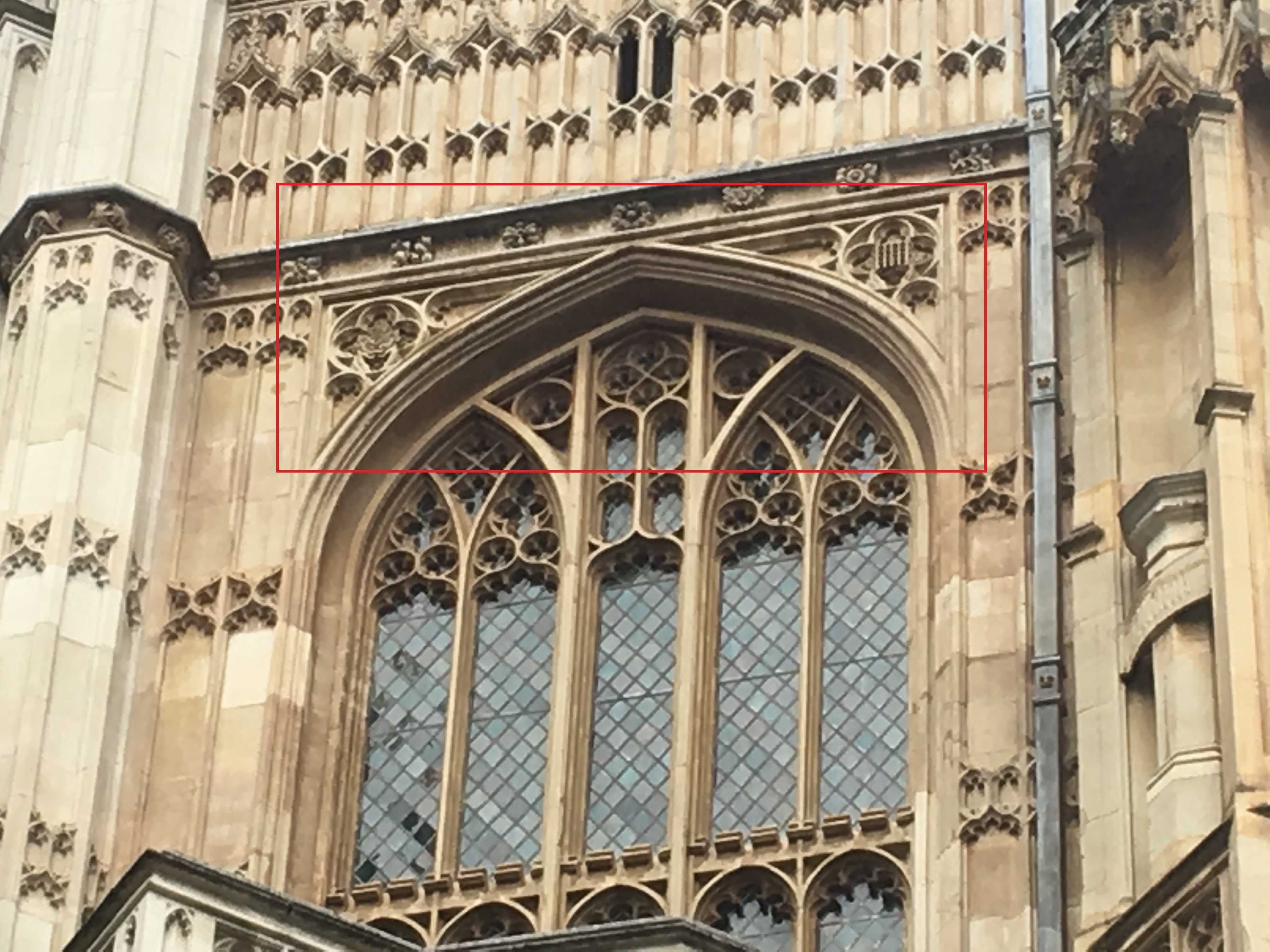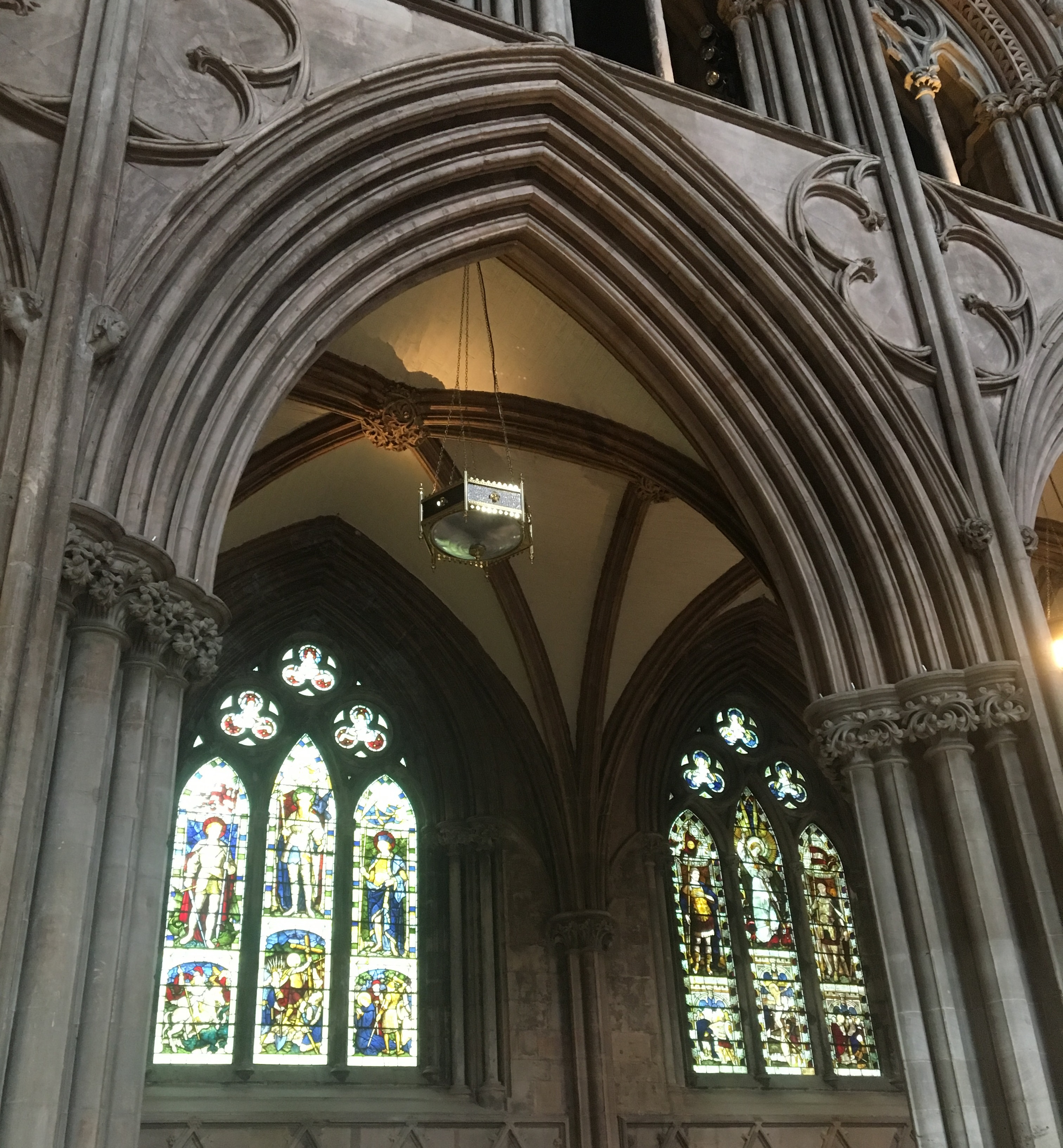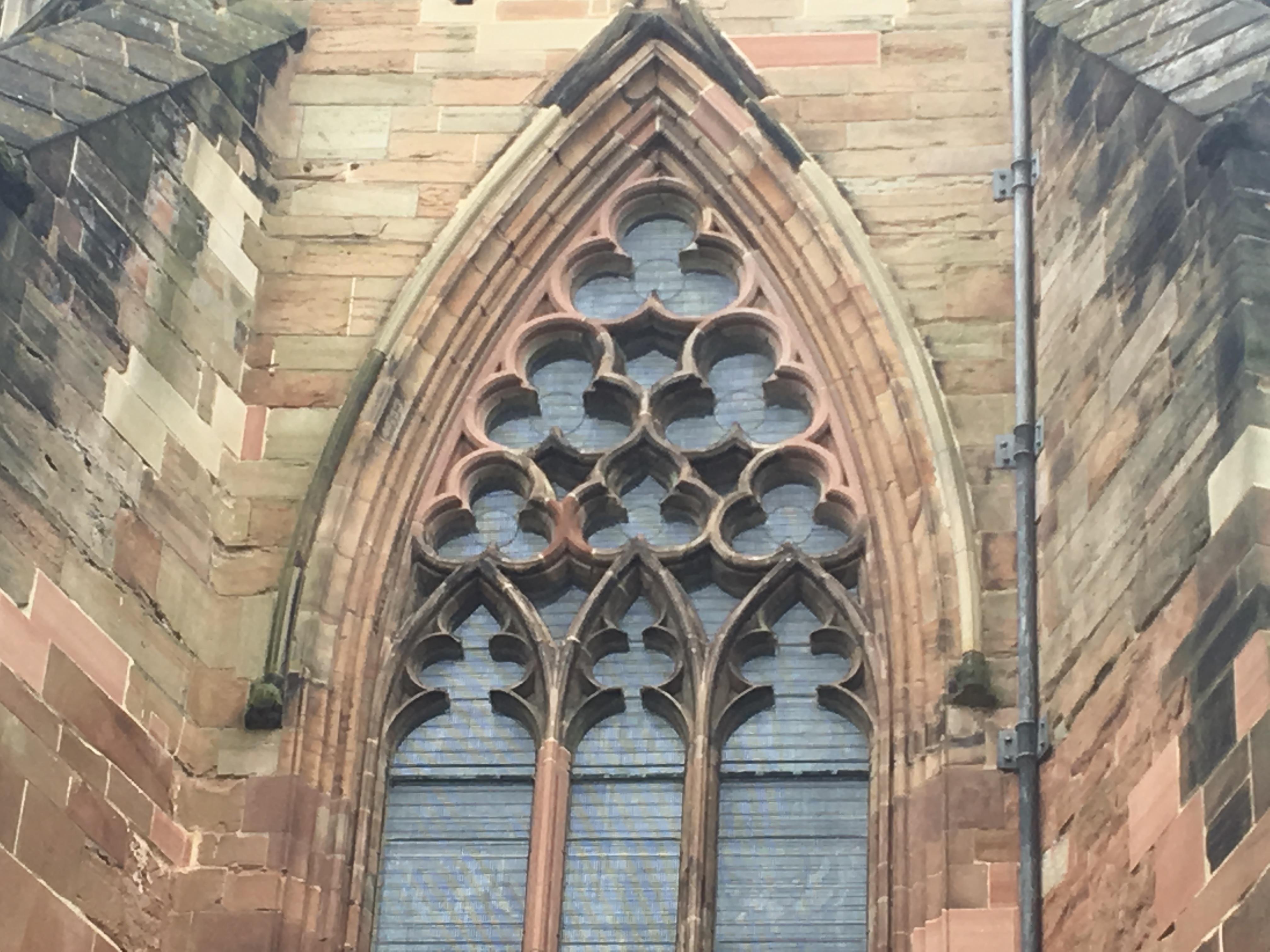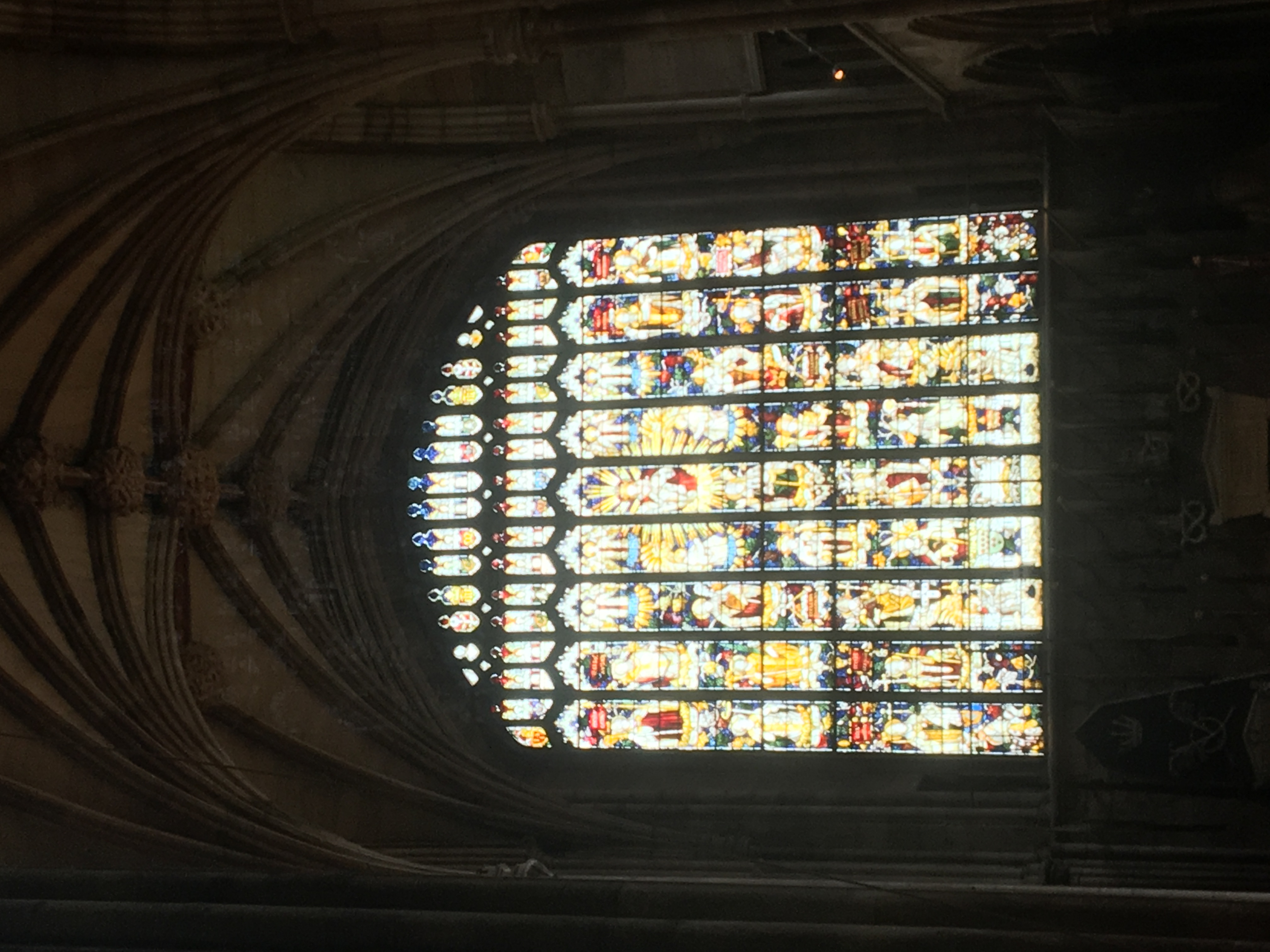Cathedral Architecture
From Londonhua WIKI
Cathedral Architecture
 Caption |
Contents
Abstract
The paragraph should give a three to five sentence abstract about your entire London HUA experience including 1) a summary of the aims of your project, 2) your prior experience with humanities and arts courses and disciplines, and 3) your major takeaways from the experience. This can and should be very similar to the paragraph you use to summarize this milestone on your Profile Page. It should contain your main Objective, so be sure to clearly state a one-sentence statement that summarizes your main objective for this milestone such as "a comparison of the text of Medieval English choral music to that of the Baroque" or it may be a question such as "to what extent did religion influence Christopher Wren's sense of design?"
Introduction
I suggest you save this section for last. Describe the essence of this project. Cover what the project is and who cares in the first two sentences. Then cover what others have done like it, how your project is different. Discuss the extent to which your strategy for completing this project was new to you, or an extension of previous HUA experiences.
As you continue to think about your project milestones, reread the "Goals" narrative on defining project milestones from the HU2900 syllabus. Remember: the idea is to have equip your milestone with a really solid background and then some sort of "thing that you do". You'll need to add in some narrative to describe why you did the "thing that you did", which you'd probably want to do anyway. You can make it easy for your advisors to give you a high grade by ensuring that your project milestone work reflects careful, considerate, and comprehensive thought and effort in terms of your background review, and insightful, cumulative, and methodical approaches toward the creative components of your project milestone deliverables.
Section 1: Background
Norman
Norman Architecture is a subcategory of the Romanesque style along with Anglo-Saxon. The key item that made both of these belong to Romanesque was the semi-circular arch. Norman Architecture began in approximately year 1060 and roughly lasted through year 1190.[1] These years are an estimate that is widely accepted as there is always overlap in changing styles. The Norman style also took other cues from the Romans to include in their style. In addition to the semi-circular arches, some of the key characteristics included were large cylindrical pillars, thick walls, and small windows.[2] These style choices were thought to have been ______. As 1200 approached the semi-circular arch gave way to the pointed arch which began the Gothic style and marked an end for the Romanesque style.
Decorated Gothic
Decorated Gothic is a subcategory of the Gothic style along with Perpendicular and Early English. The Gothic style's key item that united them was the pointed arch. This large change from the semi-circular arch to the pointed arch began around 1200 but the Decorated Gothic style began in 1250 with the addition of several key changes and lasted until 1360.[3] The style being Gothic utilized pointed arches compared to the rounded arches utilized previously by the Norman style. As Gothic Architecture evolved distinctive patterns emerged. Several of these distinctive elements that made up the Decorated Gothic style include windows with mullions, elegant tracery of the very large windows including trefoils and quatrefoils, and vault ribbing.
Perpendicular Gothic
Perpendicular Gothic, also known as the Rectilinear Period began in 1360 and lasted into the middle 1500s.[4] This style also belonged to the Gothic style and utilized pointed arches extensively. Perpendicular built upon the Decorated Gothic style in some aspects, and scaled back in others. One of the key differences that was introduced was an emphasis on vertical lines.
Section 2: Deliverable
Pictures (as many ones taken by me as possible) illustrating the differences between the styles, as well as a description explaining the key differences.
Norman vs. Perpendicular
Window Size
Arch Style
Perpendicular vs. Decorated
Window style
Moldings
Norman vs. Decorated
Window Size
Arch style
Gallery
Conclusion
In this section, provide a summary or recap of your work, as well as potential areas of further inquiry (for yourself, future students, or other researchers).
References
- ↑ Sharpe, E (1871). "The Seven Periods of English Architecture Defined and Illustrated". E. and F. N. Spon, pp. 68.
- ↑ [1], English Heritage Medieval Part I: Architecture
- ↑ Sharpe, E (1871). "The Seven Periods of English Architecture Defined and Illustrated". E. and F. N. Spon, pp. 68.
- ↑ Sharpe, E (1871). "The Seven Periods of English Architecture Defined and Illustrated". E. and F. N. Spon, pp. 68.
Add a references section; consult the Help page for details about inserting citations in this page.
http://www.english-heritage.org.uk/learn/story-of-england/medieval-part-1/architecture/
http://www.buildinghistory.org/style/romanesque.shtml
St. Johns at White Tower - http://www.hrp.org.uk -http://www.englishmonarchs.co.uk
The architecture of Norman England by Eric Fernie
The English decorated style Jean Bony
The perpendicular style by John Harvey
The Seven Periods of English Architecture Defined and Illustrated by Edmund Sharpe
External Links
If appropriate, add an external links section
Image Gallery
If appropriate, add an image gallery
